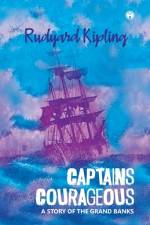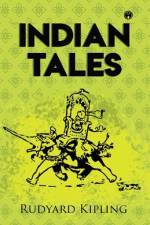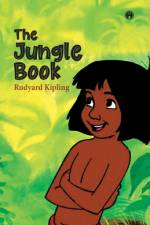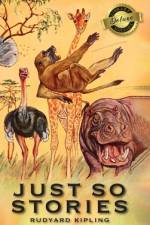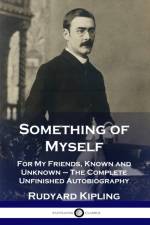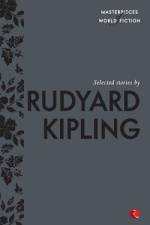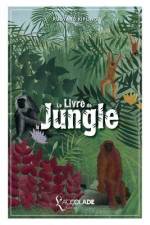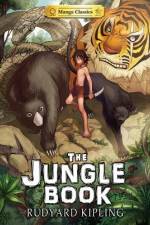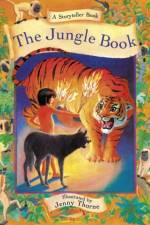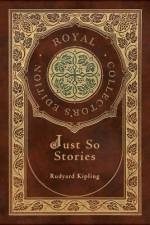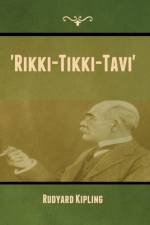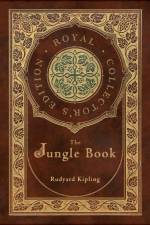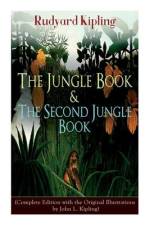av Rudyard Kipling
397
A huge swell pushed up exactly under her middle, and her bow and stern hung free with nothing to support them. Then one joking wave caught her up at the bow, and another at the stern, while the rest of the water slunk 251 away from under her just to see how she would like it; so she was held up at her two ends only, and the weight of the cargo and the machinery fell on the groaning iron keels and bilge-stringers. "Ease off! Ease off, there!" roared the garboard-strake. "I want one-eighth of an inch fair play. Do you hear me, you rivets!" "Ease off! Ease off!" cried the bilge-stringers. "Don't hold us so tight to the frames!" "Ease off!" grunted the deck beams, as the Dimbula rolled fearfully. "You've cramped our knees into the stringers, and we can't move. Ease off, you flat-headed little nuisances." Then two converging seas hit the bows, one on each side, and fell away in torrents of streaming thunder. "Ease off!" shouted the forward collision bulkhead. "I want to crumple up, but I'm stiffened in every direction. Ease off, you dirty little forge-filings. Let me breathe!" All the hundreds of plates that are riveted to the frames, and make the outside skin of every steamer, echoed the call, for each plate wanted to shift and creep a little, and each plate, according to its position, complained against the rivets. "We can't help it! We can't help it!" they murmured in reply. "We're put here to hold you, and we're going to do it; you never pull us twice in the same direction. If you'd say what 252 you were going to do next, we'd try to meet your views." "As far as I could feel," said the upper-deck planking, and that was four inches thick, "every single iron near me was pushing or pulling in opposite directions. Now, what's the sense of that? My friends, let us all pull together." "Pull any way you please," roared the funnel, "so long as you don't try your experiments on me.



![The Fringes of the Fleet [microform] / Y Rudyard Kipling af Rudyard Kipling](https://cdnbackdoor.tales.as/thumbnail/150x225/products/00291/89572/the-fringes-of-the-fleet-microform-y-rudyard-kipling.jpg)



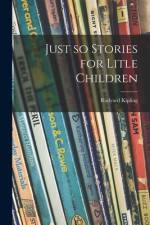
![The Feet of the Young Men [microform] af Rudyard Kipling](https://cdnbackdoor.tales.as/thumbnail/150x225/products/00296/18071/the-feet-of-the-young-men-microform.jpg)
